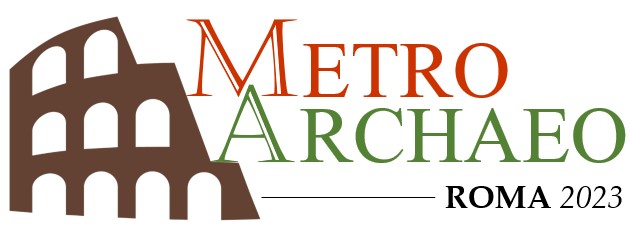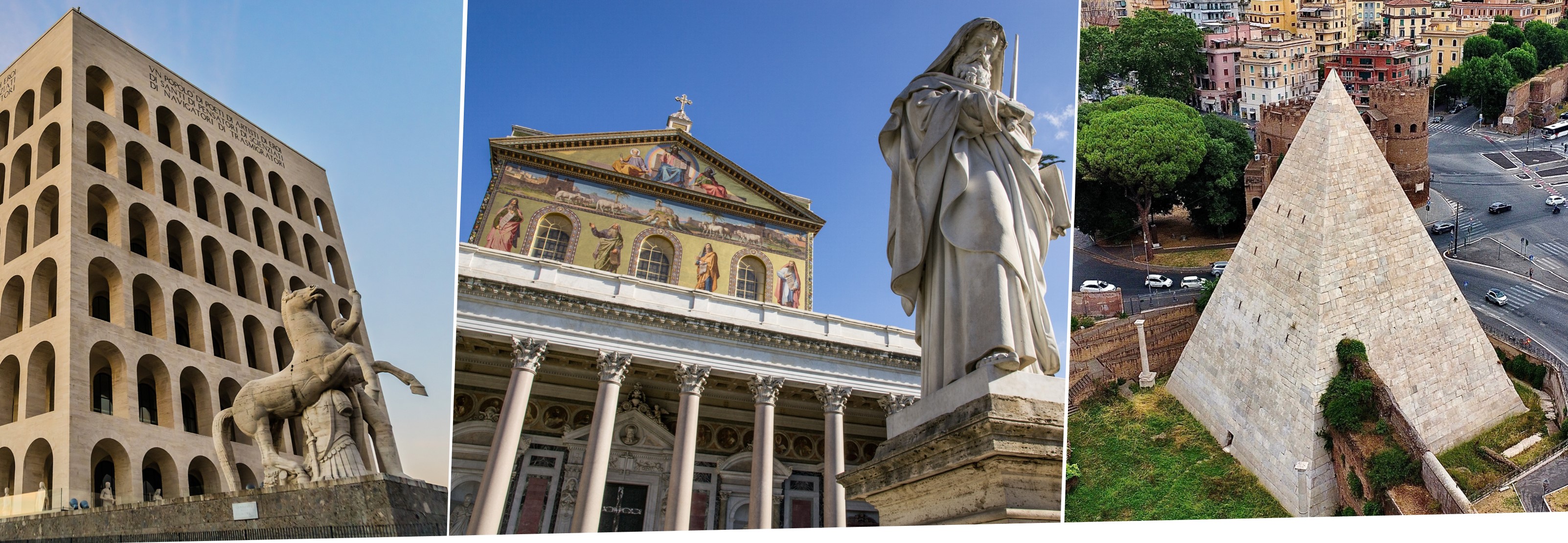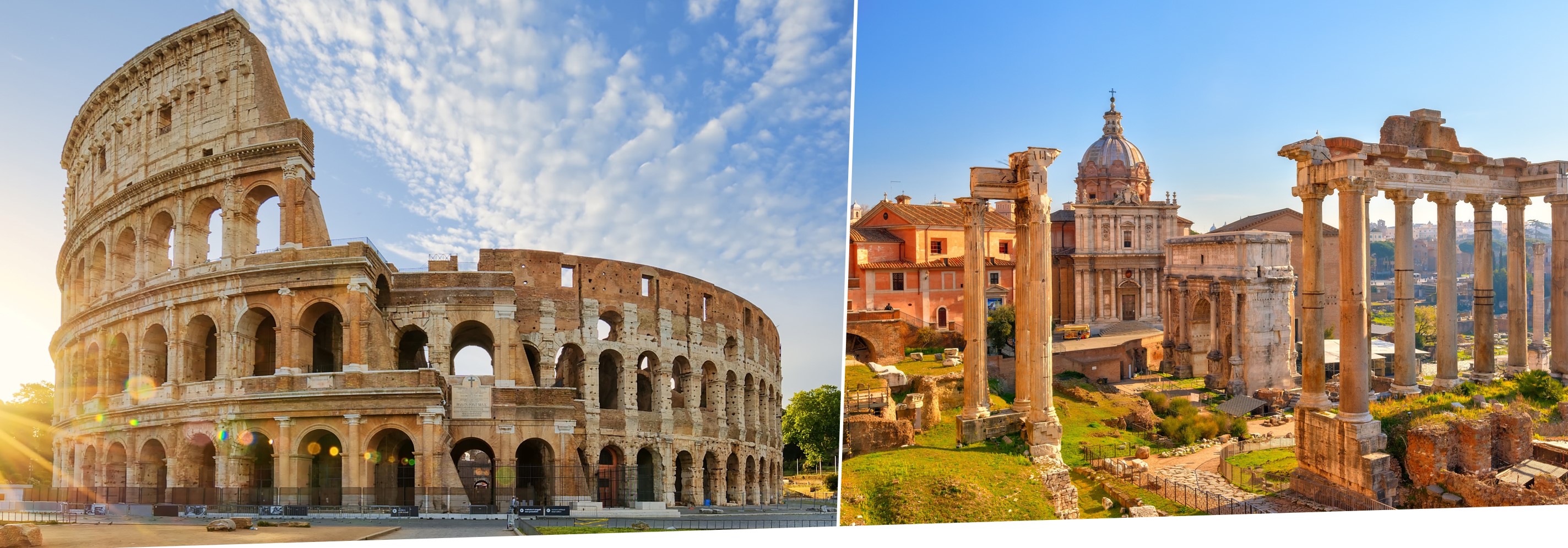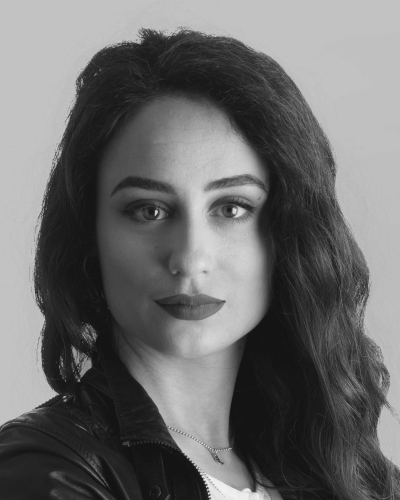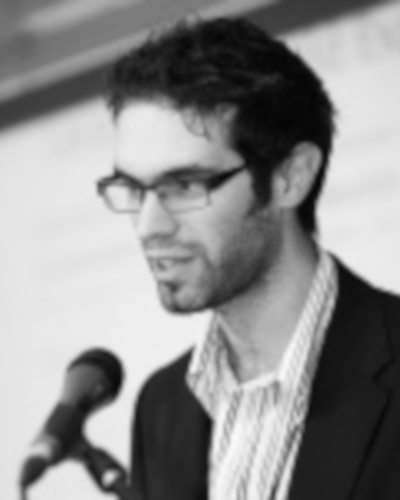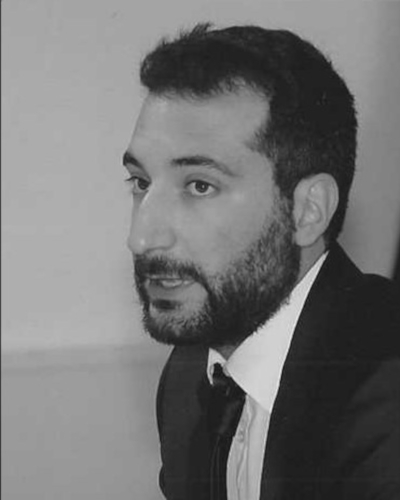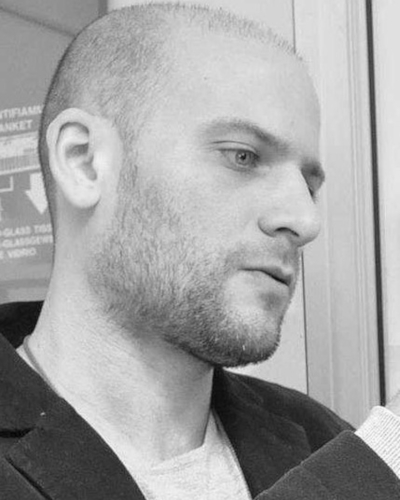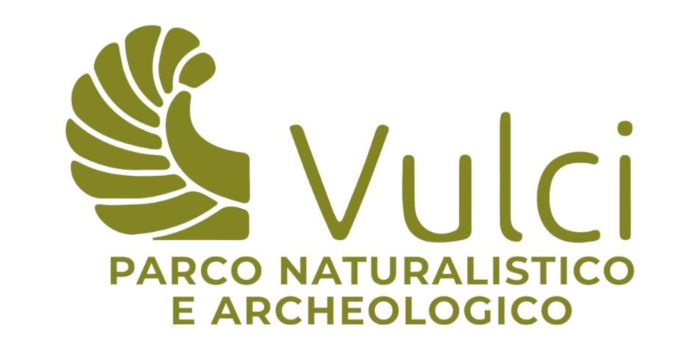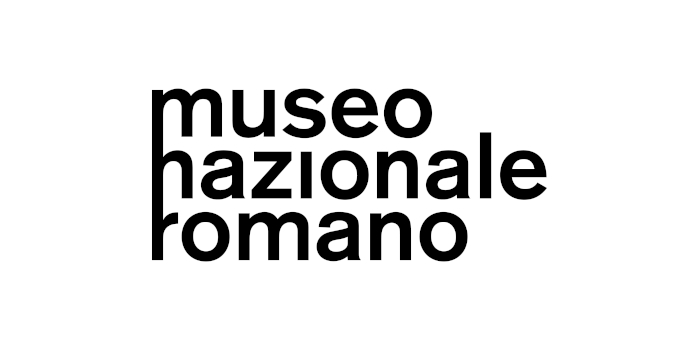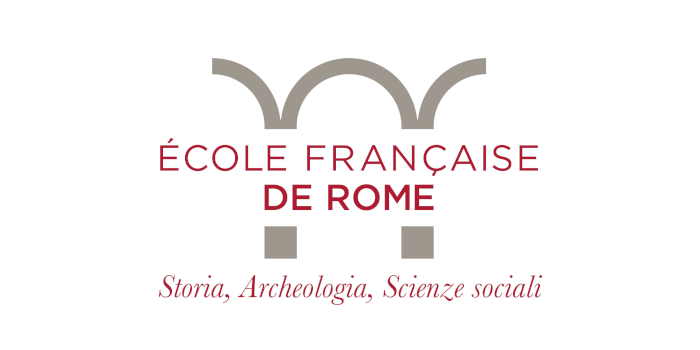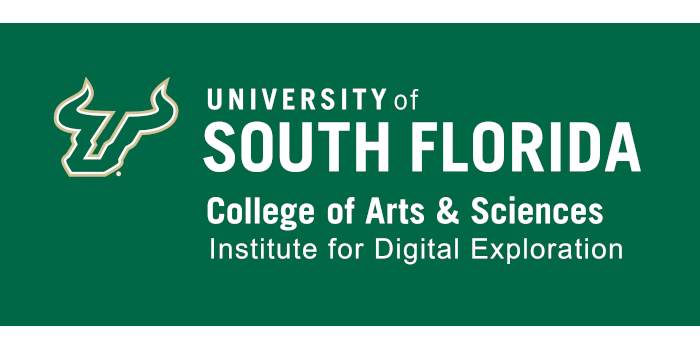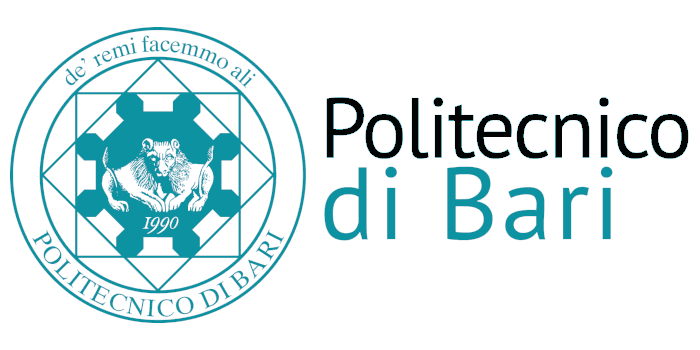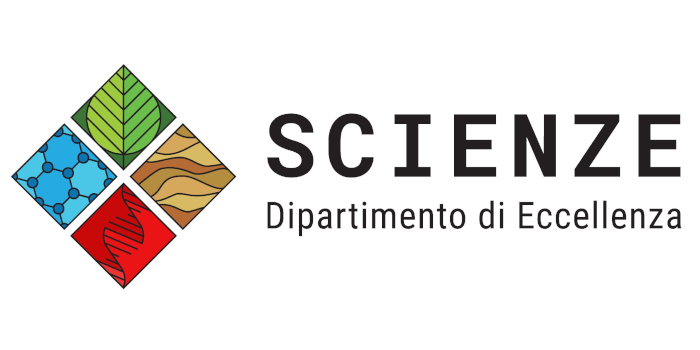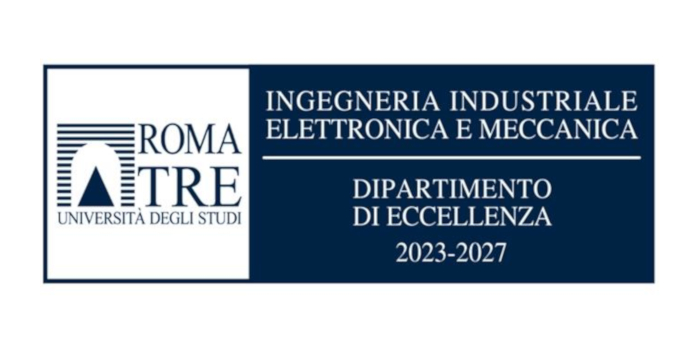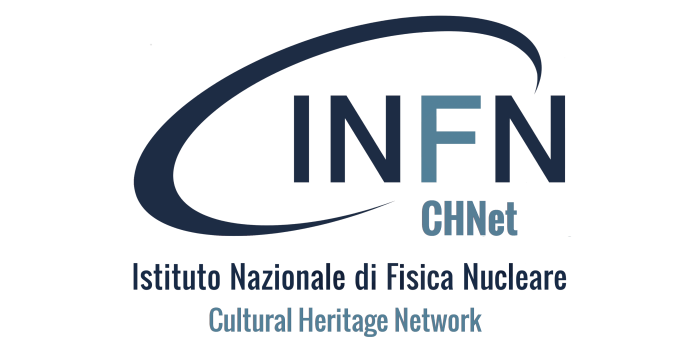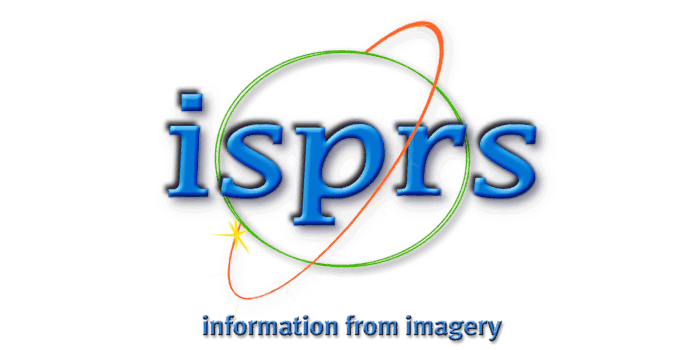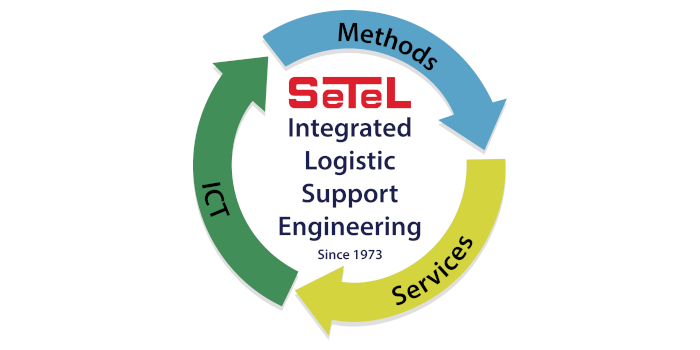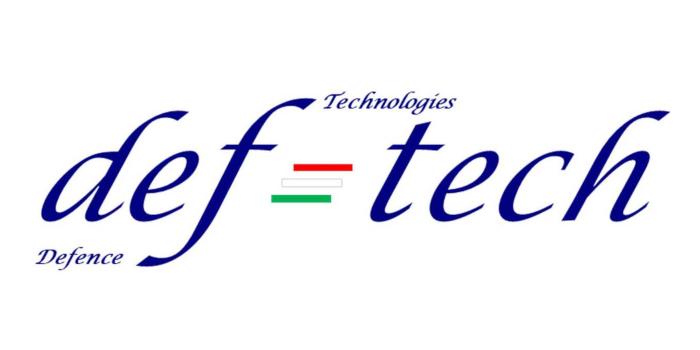SPECIAL SESSION #19
Size matters. High-resolution survey of small artifacts: acquisition strategies and methodologies, level of detail, dissemination
ORGANIZED BY
Sara Antinozzi
Department of Civil Engineering, University of Salerno, Italy
Bruno Fanini
CNR - Institute of Heritage Science, Italy
Daniele Ferdani
CNR - Institute of Heritage Science, Italy
Marco Limongiello
Department of Civil Engineering, University of Salerno, Italy
Diego Ronchi
CNR - Institute of Heritage Science, Italy
ABSTRACT
3D surveying often involves a choice on what to measure: the shape of an object, the graffiti that characterizes its surface, or both. Instrumental and operational alternatives arise from this consideration, as well as the fact that little research has been done to represent surfaces and volumes that are too small for the established workflows of museum surveying or, at the same time, too large for the specialized technologies that have been developed in other fields, such as industrial metrology. Accuracies and resolutions of less than a tenth - and in the most difficult cases, even a hundredth - of a millimeter are often required for objects as small as 10 centimeters in extent. The issue is particularly pressing because there is a correlation between the technical difficulties and the strong motivation to digitize a whole range of sometimes very small artifacts: objects that, when not kept in the collection storage, are displayed in museum cases and are too small to be noticed by visitors. This aspect has been exacerbated by the interruption of activities with the public and, more generally, of heritage dissemination activities, caused, as is well known, by the recent health emergency. Under these circumstances, on the one hand, museums, libraries, archives, etc. have spontaneously felt the need to produce a flood of digital content, much of it self-produced, in order to provide the community with an identity-building foundation. On the other hand, the limitations of what are sometimes considered trivial design options have become apparent, underscoring the importance of expertise.
Therefore, the purpose of this special session is threefold: first, to define and describe innovative 3D acquisition methods, including massive ones, for the accurate, descriptive, and metric representation of objects characterized by difficult dimensions, surfaces, or materials; second, to define quantitative and qualitative standards for the creation of models that can be used to test or formulate key hypotheses for the valorization of archeological artifacts and their digital dissemination; and finally, to illustrate tools, pipelines, and online presentation platforms for the online presentation of digital collections.
MAIN TOPICS
Topics include, but are not limited to:
- millimeter and sub-millimetre details representation state of the art;
- 3D Surfaces feature enhancement;
- original apparatus for tiny artifacts survey;
- standardized protocols for model quality assessment;
- fast pipeline for 3D object acquisition;
- PBR texture pipelines;
- Semantic 3D models;
- web3D and open standards;
- digital collections.
ABOUT THE ORGANIZERS
Sara Antinozzi collaborates with the company NAOS Lab S.r.l. and with the “Laboratorio Modelli - Surveying and geo-mapping for environment and cultural heritage laboratory” of the Department of Civil Engineering of the University of Salerno, where she obtained her PhD degree. Her recent research activities are mainly related to the development and optimization of image-based systems for the creation and dissemination of digital models of small or very small objects.
Bruno Fanini is a researcher at the Institute of Heritage Science - National Research Council (ISPC-CNR) in Italy. He holds a PhD in computer science and focuses his research and development activities on real-time 3D, immersive virtual reality, natural interaction and 3D user interface design. He has developed open tools and services for the creation of online Web3D / WebXR applications (such as the "ATON" framework), serious games, virtual museums and interactive applications for cultural heritage. He is responsible for several projects related to interactive 3D visualization, 3D presentation on the web, interaction models and immersive VR.
Daniele Ferdani is a researcher at the Institute of Heritage Science - National Research Council (ISPC-CNR) in Italy. He holds a PhD in Medieval Archaeology at University of Siena. His research activities deal with digital archeology and are particularly focused on the definition and testing of methodologies and integrated digital technologies for digitisation, interpretation, three-dimensional reconstruction of cultural heritage and dissemination through digital experiences. He participated in several National and European funded research projects (V-Must.net, CEMEC , REVEAL). Currently, he is Work Pakage Leader in the EU Project PERCEIVE (http://perceive-horizon.e u/)and Task Leader for the UO6 of reMoLab in the PON SHINE project for the enhancement of the Italian nodes of E-RIHS (http://www.e-rihs.it/).
Marco Limongiello. European PhD in "Risk and Sustainability in Civil Engineering, Architecture, Environmental Engineering systems", is technical responsible of the "Laboratorio Modelli" and also associate professor of drawing at the Faculty of Civil Engineering - University of Salerno. His research activity focuses on infographic technologies for the survey and representation of architectural, archeological and environmental heritage.
Diego Ronchi is a researcher at the Institute of Heritage Science - National Research Council (ISPC-CNR) in Italy. He holds a PhD in archeology and three postdoctoral degrees from the Accademia Nazionale dei Lincei, Harvard University and University of Salerno. His research focuses on the integration of active and passive sensor data for the study and documentation of material culture, ancient buildings, and landscapes, and on the assessment and management of three-dimensional survey data.
